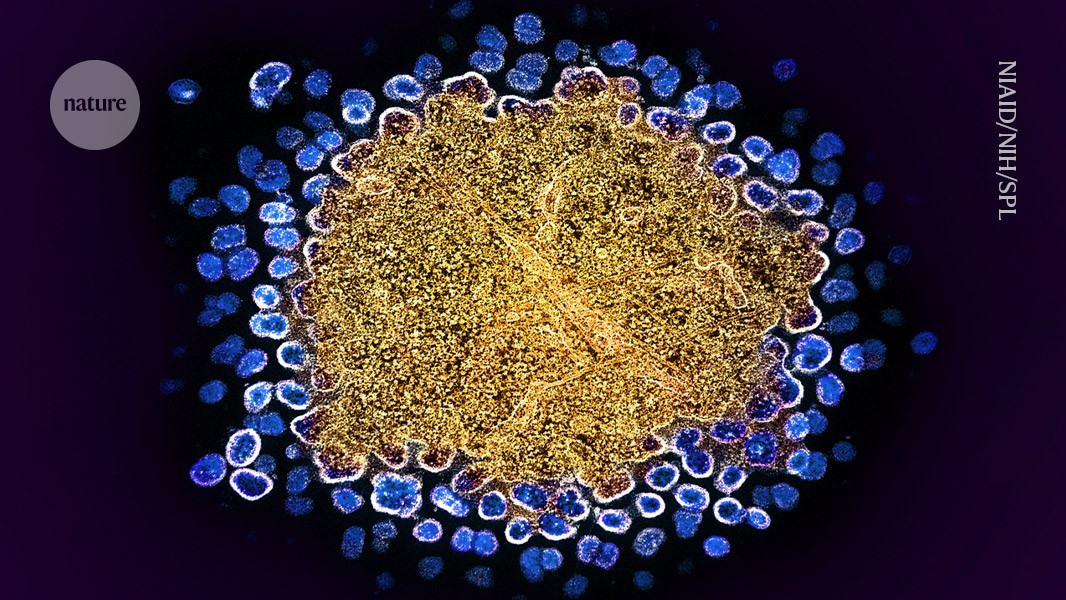Time: 2024-07-29
In September 2018 , Johann stopped taking his HIV medicines , and now , six years later , he is alive without any trace of the AIDS - causing human immunodeficiency virus ( HIV ) in his body . This development is reminiscent of the case of Timothy Ray Brown , also known as the Berlin Patient , who became the first person to be cured of HIV . Brown , diagnosed in 1995 , led a normal life on protease inhibitors until he was diagnosed with leukaemia and received a Stem cell transplant in 2007 . He remained free of the virus until his death in 2020.
A recent case presented in a medical conference in Munich , Germany , revealed a 60 - year - old man who has been HIV - free for nearly six years after receiving stem cells that are not resistant to the virus . This man is only the second person to receive such treatment . The first successful case was Timothy Ray Brown , who along with a few others , received specialized donor stem cells with a mutation in the CCR5 gene , an entry point for most HIV strains.

The latest patient received stem cells from a donor with a single mutated CCR5 gene copy , disrupting the common belief that CCR5 is the main target for an HIV cure . This case suggests that curing HIV may not solely rely on targeting CCR5 , according to infectious - disease physician Sharon Lewin.
The successful stem cell transplant not only eradicated HIV in the patient but also broadened the horizon for potential treatments . It was noted that roughly 1 % of people of European descent carry mutations in both copies of the CCR5 gene , while about 10 % have one mutated copy . The success of this case reinforces the idea that shrinking the reservoir of HIV in the body can lead to a cure.
Researchers are now trying to understand why some stem cell transplants are successful in eradicating HIV while others are not . Several theories have been proposed , including the impact of antiretroviral treatment and chemotherapy before the transplant . The swift and complete replacement of the hosts ' immune cells with donor cells may also play a role in the eradication process.
The case also has implications for ongoing therapies using gene - editing techniques to remove the CCR5 receptor from a person 's cells . Even if these therapies do not reach every cell , they could still have a significant impact . The success of this case offers hope for the millions of people living with HIV worldwide , opening up new possibilities for future treatments and potential cures.